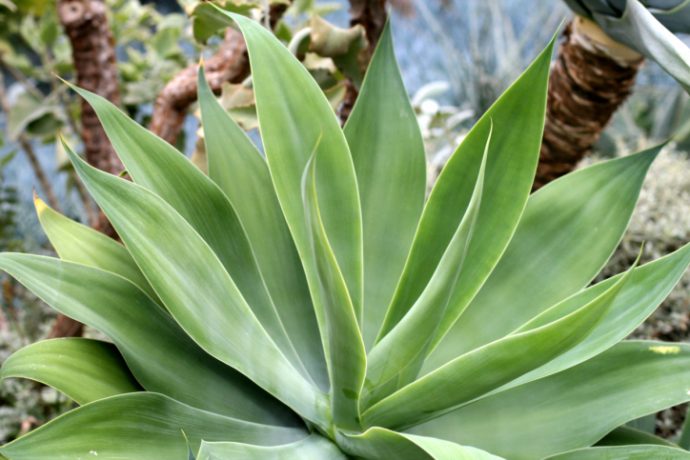There are five types of tequila within specific categories – Blanco (Silver), Joven (Gold), Reposado (Aged), Añejo (Extra aged) and Extra Añejo (Ultra-aged). There are two categories of tequila – 100% de Agave, and Mixted (Mixto). Tequila that is 100% de Agave is made with only the sugars of the Weber blue agave. Tequila, commonly called Mixted (Mixto) is made using 51% agave sugars and 49% other sugars. Each of the tequila categories has distinct characteristics.
Tequila Blanco (White, Silver)
Clear, unaged tequila that is normally bottled right after being distilled. When the clear white tequila drips from the cooling coils of the alambique, it is correctly called silver or plata, but is more commonly called white or blanco. Most platas pass directly to the bottling plant, however, some producers allow the tequila to settle and finish for a few weeks in the tanks before bottling.
Tequila Joven (Gold)
Blanco Tequila which has not been left to rest or mature but to which colorants and flavorings, such as caramel coloring, oak tree extracts, glycerin, or sugar syrup, have been added prior to bottling. These tequilas are often called suave, joven, gold, or abocado, implying youth and smoothness. They can be made from 100% agave but are normally made with the 51% mixted tequila. The blending of silver tequila with aged or extra-aged tequila is considered gold or joven tequila.
Tequila Reposado (Rested or Aged)
The first definitive level of aging is termed reposado or rested and madates that the tequila remain in wood for a period of two months but no longer than 12 months. This is a requirement of the Mexican government. Each distillery has its own preference for the type of barrel used in aging. Some of the most common are made from french oak or white oak. The type of barrel used and the resins and tannins exuded have a dramatic impact on the finished product and produce the subtle nuances that distinguish one tequila from another.
Tequila Añejo (Extra Aged or Vintage)
The next level of aging is the añejo tequilas. Añejo, which means “vintage”, can only appear on bottles that contain tequila, aged in oak barrels having a maximum capacity of 600 liters, a minimum of one year. This is a requirement of the Mexican government. A year of resting in a cool bodega produces a smoother and more sophisticated taste. American whiskey barrels, french oak casks, or cognac barrels, are commonly used to age this tequila. Añejos are typically aged between 1 and 3 years. They are darker in color, more complex in flavor, and smoother than reposado tequilas. The commercial alcohol by volume must be adjusted by the addition of distilled water for each type of tequila.
Tequila Extra Añejo (Ultra-Aged)
This is the newest classification of tequila as defined in report from the October 28, 2005 meeting of the National Committee on Standardization. Utra-aged or Extra Añejo tequila has been aged for a period of at least three years, without specifying the aging time in the label, in direct contact with the wood of oak (holm or holm oak) or Encino oak containers with a maximum capacity of 600 liters. Its commercial alcohol content must be adjusted by dilution water.
The aging of the tequila shall be performed by the authorized producer within the territory specified for the production of tequila.
Courtesy of tequilasource.com


3 Comments